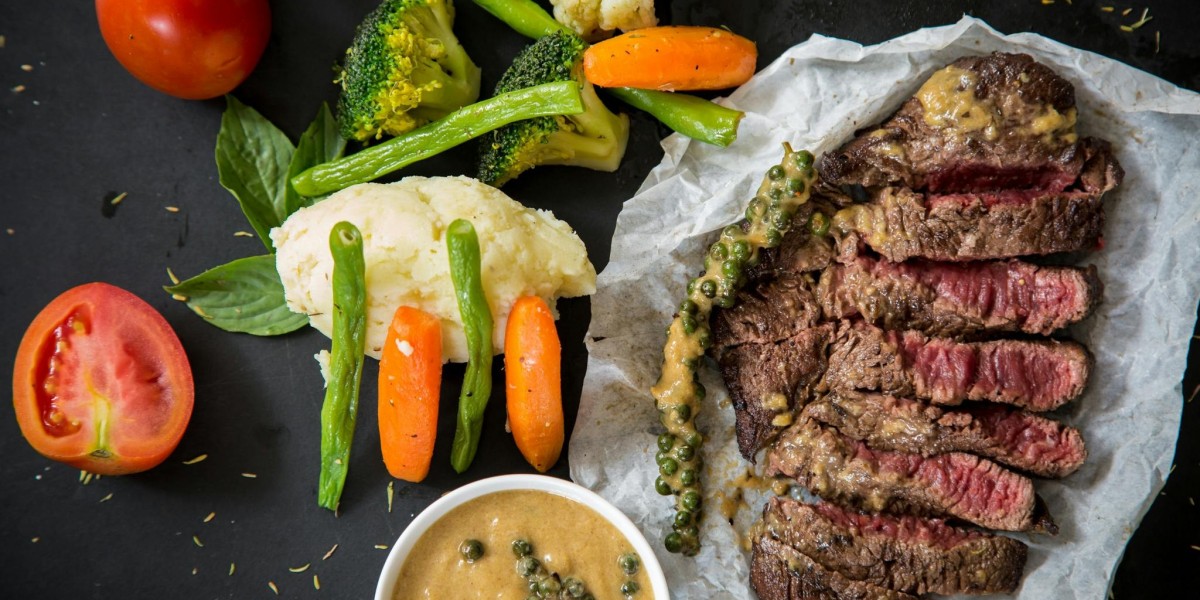In the production of die castings parts, the two highest cost drivers are material and processing time. You can reduce the need for both by adding weight-saving pockets and thinning the walls.
Reducing the weight and wall thickness of the cross-section seemed an obvious answer. Less weight means less material, and less material means lower material cost. It also means less clotting time, which means you get more injections per minute. However, some companies find themselves sacrificing performance for cost.
Considering part performance, it is important to carefully reduce weight and wall thickness while maintaining part strength. When designing a component, you need to choose the most suitable alloy to handle thin walls efficiently based on the mechanical and physical requirements of your project.
For example, if your part needs to be corrosion-resistant and stable, thin-walled aluminum is an excellent choice. Aluminum resists corrosion and maintains high dimensional stability and hardness.
While trying to reduce wall thickness, maintaining uniformity may be more important. This will go a long way toward ensuring consistently stable, repeatable castings optimized for manufacturing. Different wall thicknesses lead to porosity due to different flow pressures and uneven solidification.
Consider draft angles and tolerance zones
When designing assemblies, it is important to keep the achievable draft angles and tolerances of the project material in mind to avoid delays in redesigning. For draft angles, typically 0.5º for zinc and 1º-2º for aluminum. For precise tolerances, zinc can typically be kept between ±0.001” and ±0.002”, while aluminum can be kept between ±0.002” and ±0.004”.
By considering achievable draft angles and tolerances, you can better avoid unnecessary engineering costs in your design. Determine non-critical dimensions of components to allow for looser tolerance areas. In addition to extending tool life, allowing tolerance zones makes it easier to plan tolerance stack-ups for the entire assembly since there is less precise geometry to wear. This will help you avoid machining and secondary operations as much as possible, allowing your design to get the most out of your die-casting process.
NingBo GSK Powder Metallurgy Co., Ltd. is a stamping auto parts manufacturer that manufactures and wholesales Die Casting Parts, MIM-Lock Parts, and more.


